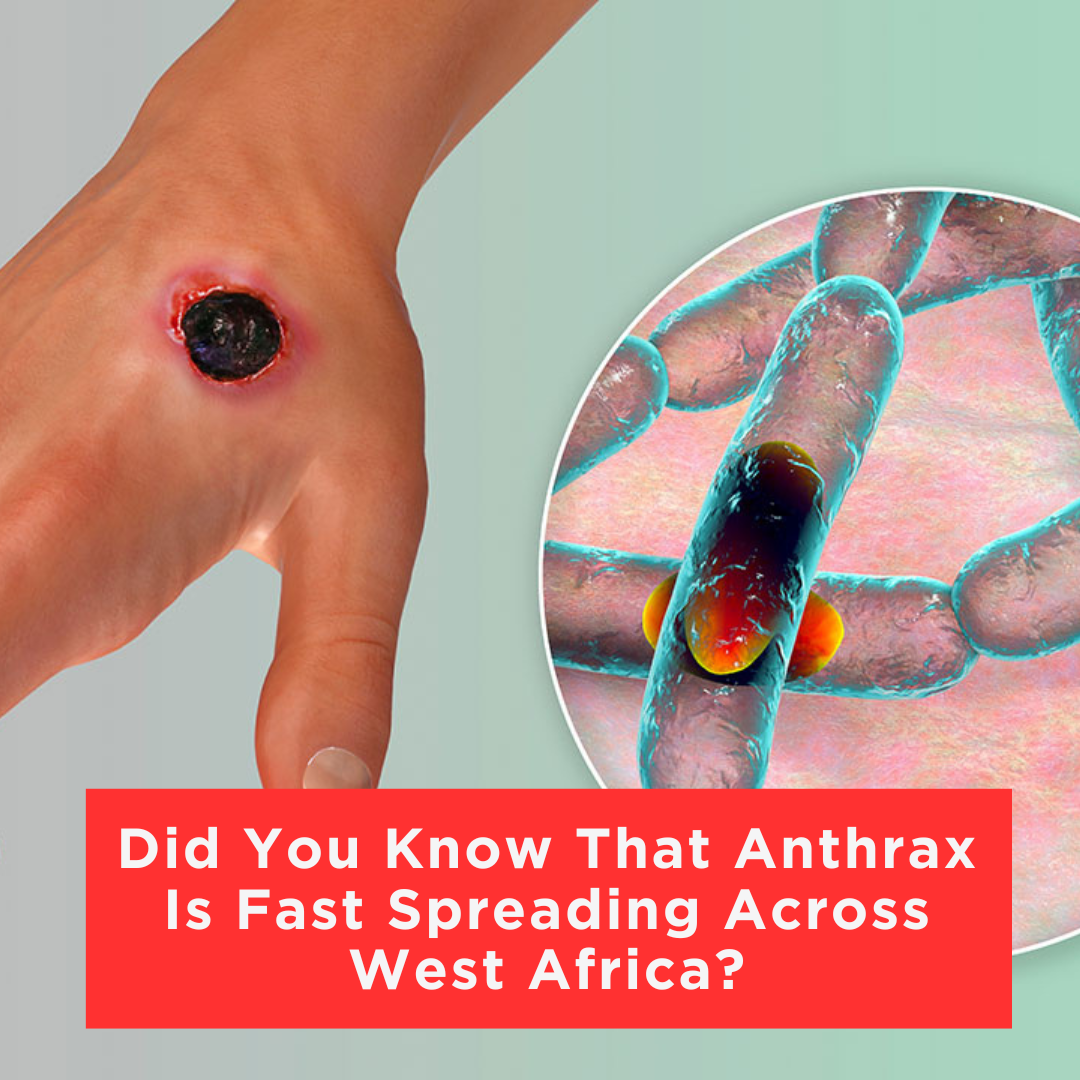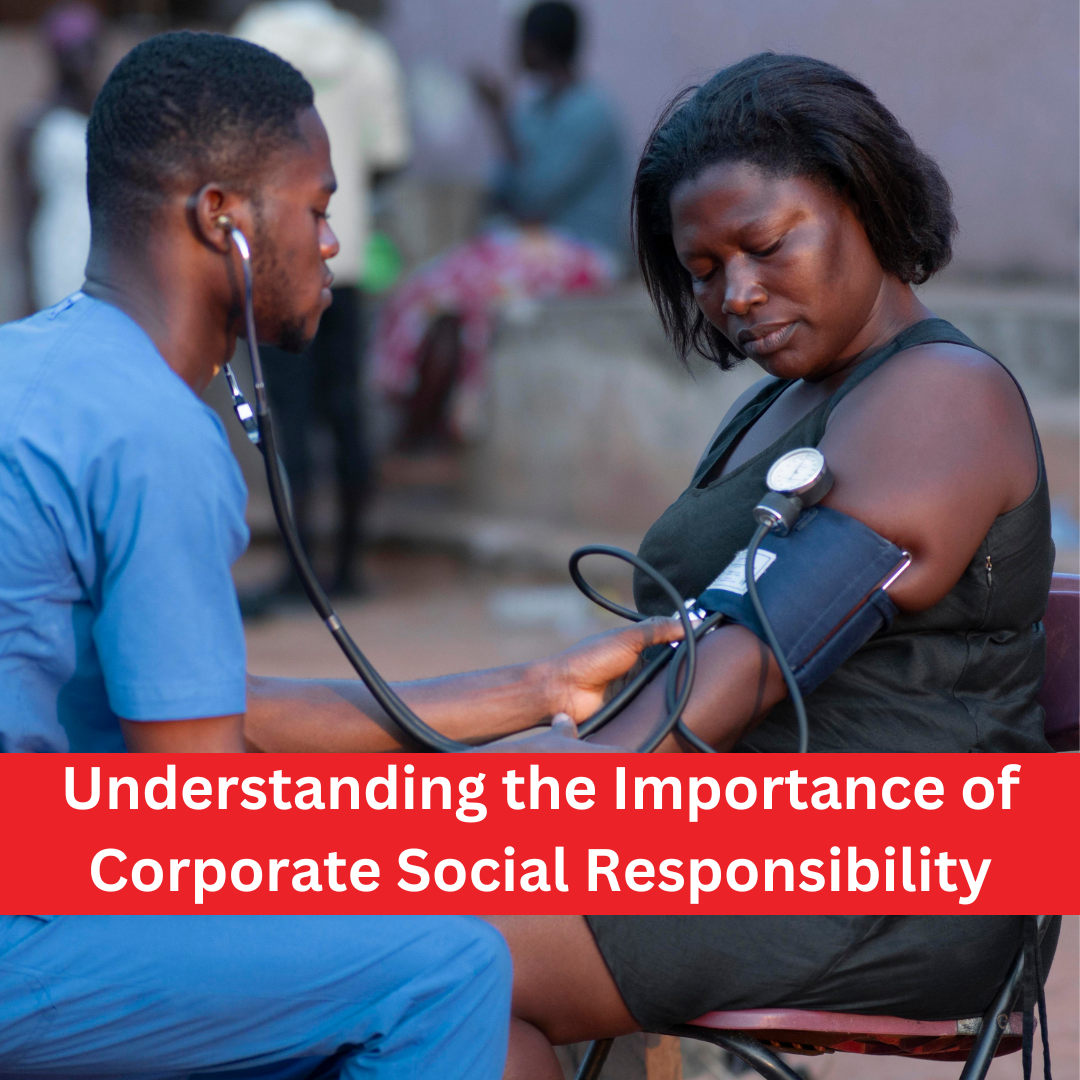On June 28th, The Nigeria Centre for Disease Control and Prevention (NCDC) said the anthrax outbreak in neighboring countries such as Burkina Faso, Togo, and Ghana poses a great public health risk to Nigeria due to the dangerous and highly transmissible nature of the disease.
In 2001, 22 people in the US contracted anthrax: 11 had inhalation anthrax and 11 had cutaneous anthrax. Sadly, five fatalities occurred, 43 tested positive for exposure, and 10,000 were at risk. Since then, there has been significant monitoring and surveillance of the disease across the world.
Following the outbreak, the Nigerian government has warned Nigerians against eating hides (ponmo), smoked meat, and bush meat due to anthrax concerns.
Currently, the Federal Capital Territory Administration (FCTA) is heightening border surveillance and the Director of Veterinary at the Agriculture and Rural Development Secretariat, Dr. Regina Adulugba, has cautioned herders and butchers, as they are at higher risk.
WHAT IS ANTHRAX?
Anthrax, a looming deadly animal disease, is both a zoonotic and bacterial disease. Being a zoonotic disease, it is transmitted from animals to humans. It is also a bacterial disease because it can be treated with antibiotics and supportive therapy.
According to the Africa Centre for Disease Control and Prevention (Africa CDC), it is a serious infectious disease caused by gram-positive, rod-shaped bacteria known as Bacillus anthracis. The disease can be found in soil and domestic and wild animals.
SYMPTOMS
The Africa CDC notes four types of anthrax, each with different symptoms: cutaneous, inhalational, gastrointestinal, and injection. Cutaneous includes a painless sore with a black center. Gastrointestinal symptoms include nausea, fever, and severe bloody diarrhea. Inhalation includes flu-like symptoms, a high fever, and trouble breathing. Injections include redness, swelling, shock, and organ failure.
TRANSMISSION
Cattle, sheep, goats, antelopes, and deer can be infected with anthrax when they ingest spores in contaminated soil, plants, or water. Also, humans contract it when they come into contact with infected animals or contaminated animal products, such as hides and skins, meat, or milk.
The bacteria produce spores in contact with oxygen. These spores are extremely resistant and survive for years in the soil or on the wool or hair of infected animals. Because the blood of infected animals sometimes fails to clot and may leak from body orifices, insects can also spread the bacteria to other animals.
PREVENTION AND TREATMENT
According to the Federal Ministry of Agriculture and Rural Development (FMARD), Vaccination is the easiest means of prevention and control of Anthrax in animals, and vaccination is only available for animals at risk, not for those already infected. Concerning treatment, antibiotics, and antitoxins can be used to treat different types of anthrax infections. Two antibiotics commonly used for anthrax prevention are ciprofloxacin and doxycycline. Also, antibiotics and antitoxins can stop the disease from developing in people who have been exposed but do not have symptoms yet.
Meanwhile, it is important to note that anthrax is not a contagious disease; hence, you cannot contract it by being in close contact with an infected person.







No Comments